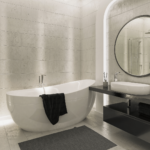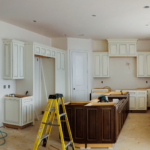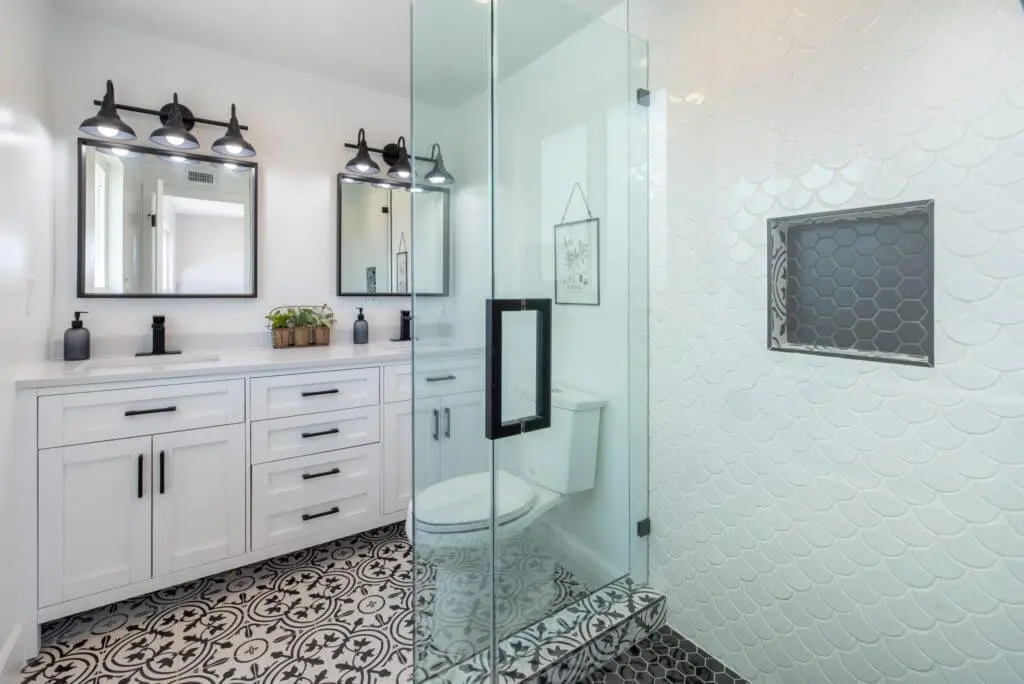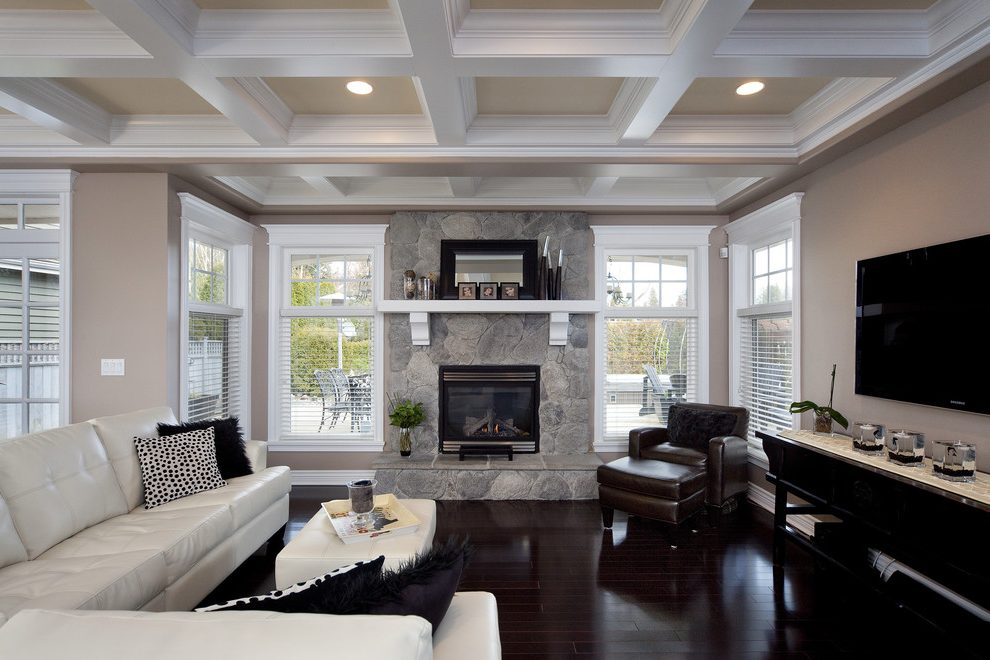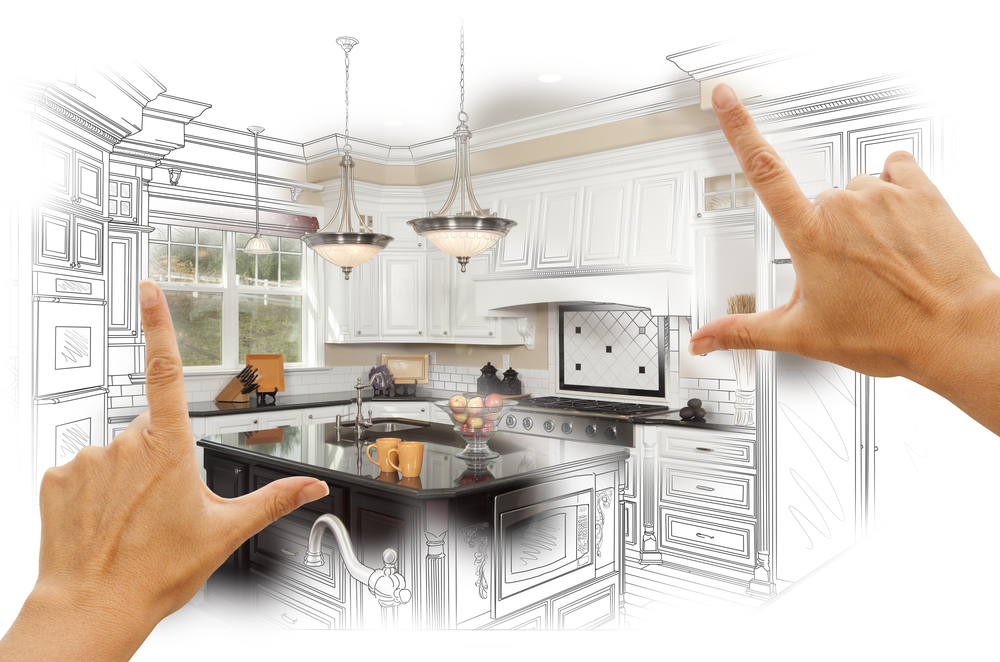
How to Plan a Functional Dream Kitchen without Going over Budget
January 19, 2024

Whether you’re looking to upgrade your aging kitchen or completely overhaul the space, a kitchen remodel is a significant home improvement project that requires careful planning. The kitchen is the heart of any home, so it’s easy to get carried away dreaming of top-of-the-line appliances, luxurious finishes, and custom cabinetry.
However, kitchen renovations can also carry hefty price tags if not approached strategically. In this blog, I’ll share some tips for how to plan a functional dream kitchen remodel without going over budget.
Content
Set a Realistic Budget
The first step is determining your budget. According to the 2022 U.S. Houzz Study, the median spend on a significant small kitchen renovation (under 250 sq. ft.) increased to $35K in mid-2021 from $30K in mid-2020.
With costs rising, it’s important to set a realistic budget that factors in all expected expenses rather than what you’d ideally like to spend. Get quotes from multiple contractors to gauge pricing. You may also want to consult with a kitchen designer to help refine your vision within your budget.
Prioritize Needs Over Wants
When planning your kitchen remodel, separate needs from wants. Focus first on essential upgrades like replacing outdated cabinets, countertops, appliances, and plumbing/electrical work. Luxury additions like high-end finishes or custom millwork can come later if the budget allows.
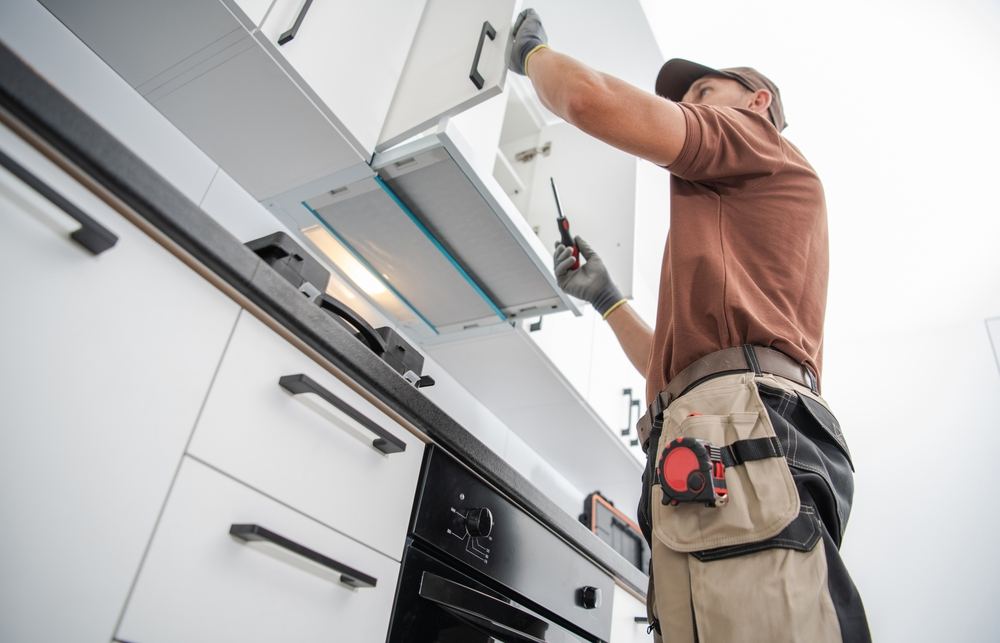
For example, you may opt for laminate countertops initially and upgrade to stone down the road. Prioritizing needs ensures your remodeled kitchen functions well, first and foremost, within your budget.
Consider DIY Projects
While the Houzz study found that 89% of homeowners hired professionals for their kitchen remodel, tackling some DIY projects yourself can save big. Relocating appliances, painting cabinets, or installing new hardware and fixtures are relatively simple tasks a handy homeowner can take on.
Just be sure not to take on more than you can handle. Larger jobs like cabinet installation, plumbing, and electrical work are best left to licensed kitchen contractors for safety and code compliance.
Repurpose Existing Materials
Reusing quality materials from your existing kitchen is an excellent way to cut costs in a remodel. Assess what can be refaced or refinished rather than completely replaced.
For instance, solid wood cabinets in good shape may just need new doors, hardware, and a fresh coat of paint instead of a full cabinet replacement. Other reusable items could include sinks, lighting fixtures, and even flooring in some cases.
Consider Resale Value
While upgrades are about creating your dream kitchen, focus first on improvements that will add value if you decide to sell your home one day.
Prioritize functional layout changes, durable materials, and mid-range finishes and appliances that appeal to potential buyers versus high-end custom details.
Shop Sales and Use Discounts
Timing purchases right can shave hundreds to thousands off a kitchen remodel budget. Shop floor models and clearance items, and look for discounts around major holidays. You may also find deals from showroom discontinuations or builder surplus.
Get quotes from multiple suppliers too, as pricing can vary significantly even for the same products. Ask about professional or volume discounts if doing a full remodel.
Consider Less Expensive Design Options
There are lower-cost design options that can achieve a high-end look on a budget. For example, laminate or engineered stone can mimic the appearance of granite at a fraction of the cost. Painted cabinets offer endless color possibilities more affordably than stained wood.
Backsplashes made of small-format tile or decorative wallpaper are easier on the wallet than large-format stone. Faux finishes and creative use of lighting can also make a big visual impact.
Stage Your Remodel in Phases
If your budget simply won’t allow a full overhaul, stage the project over multiple phases. Focus first on the most important areas like the main living and work zones. Then tackle secondary areas like a butler’s pantry down the line. This approach prevents taking on too much debt or draining your savings all at once. It also allows you to enjoy upgrades sooner while saving for subsequent phases. Just be sure phases are self-contained with their own functional spaces.
In conclusion, with strategic planning and prioritizing needs over wants, it is absolutely possible to achieve your dream kitchen remodel without going over budget.
The key is separating wants from must-haves, maximizing reusable materials, shopping sales, considering DIY projects, and staging major renovations in phases if necessary. By doing your research and getting multiple quotes, you’ll be well on your way to the beautiful, functional kitchen of your dreams.

Christine Kelley is a dedicated home blogger who has been blogging for over six years. She covers everything home related. Christine also loves writing posts about her travels to Europe with her husband and two children.


